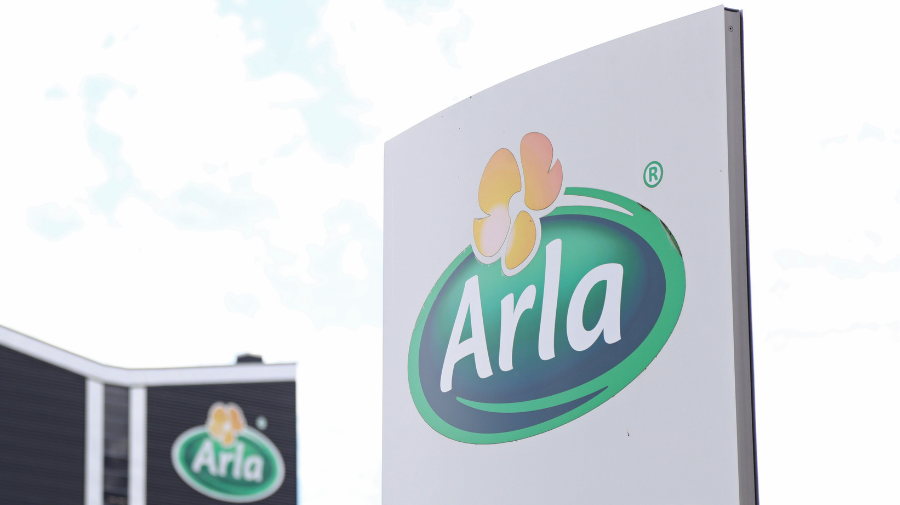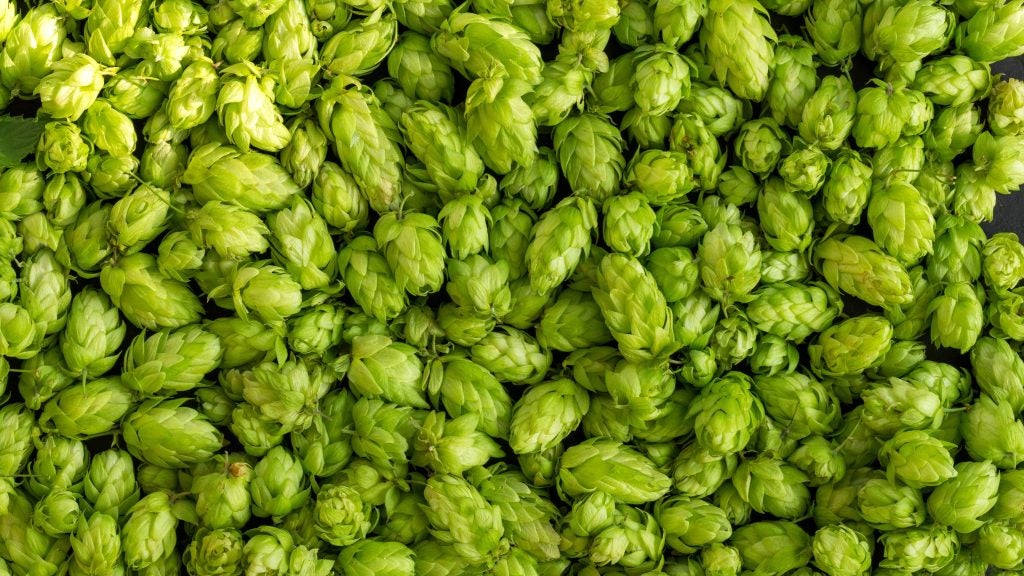 Talk of a global oversupply has cast a shadow over the wine industry of late. But new research commissioned by Vinexpo suggests that, with consumption rising, demand and supply may be less out of kilter than alarmists believe. Stuart Todd reviews a report that contains some positive predictions for the industry as a whole.
Talk of a global oversupply has cast a shadow over the wine industry of late. But new research commissioned by Vinexpo suggests that, with consumption rising, demand and supply may be less out of kilter than alarmists believe. Stuart Todd reviews a report that contains some positive predictions for the industry as a whole.
The prospect of strong growth in new consumer markets and forecasts that overcapacity in the sector will be less-significant-than-expected are among the major conclusions in a report by UK consultants, International Wines and Spirits Record (IWSR), on wine industry trends to 2006.
Commissioned by the Vinexpo 2003 international wine and spirits exhibition, which takes place in Bordeaux in June, the IWSR report also highlights that France and Italy, the world’s leading two wine exporters, are set to post the lowest growth in shipments among the major producers in 2006.
Jean-Francois Ley, Vinexpo’s marketing director told just-drinks: “Overall, I think it paints a fairly positive picture on the future of the industry. It plays down the prevailing alarmist outlook of serious overcapacity in pointing to consumption increasing by 1% annually between 1997 and 2006 compared to just over 0.9% for production.”
The report estimates that the average annual production/consumption diffferential will be reduced by 11.6% to 19.98m hl compared to 22.6m hl for the 1997-2001 period.
How well do you really know your competitors?
Access the most comprehensive Company Profiles on the market, powered by GlobalData. Save hours of research. Gain competitive edge.

Thank you!
Your download email will arrive shortly
Not ready to buy yet? Download a free sample
We are confident about the unique quality of our Company Profiles. However, we want you to make the most beneficial decision for your business, so we offer a free sample that you can download by submitting the below form
By GlobalDataProduction Outlook
World production for still wines is set to total almost 268,000m hl in 2006, up 3.6% on 2001. Production had risen by 5.6% between 1997 and 2001.
But the biggest producer, Italy, is likely to see its output fall by 3.9% to 50,250m hl. In second place, France will see its volumes rise by 6.3% to 49,500m hl. Spanish output is set to increase 13.9% on 2001 reaching 36,000m hl in 2006.
Of the New World producers, the US will see its output rise by 11.16% to 21,000m hl, while the volume of Australian wines will grow by 20.3% on 2001 to 12,950m hl. However, growth in South African wine volumes will be limited to 1.8% to 5,400m hl.
Consumption and Turnover
World still wine consumption in 2006 is expected to total 219,700m hl, up 5.4% on 2001 levels, the equivalent of 11,308m hl.
France will maintain its seemingly unassailable position as the leading consumer country despite growth being limited to 1.9% to 2006 to 36,877m hl. This will work out at 68.6 litres/inhabitant.
The UK will record the highest growth of major wine-consuming countries with a 19.8% hike to 11,146m hl. “Over the past 10 years or so, the UK has undergone a wine revolution.”
The report forecasts that by 2006, five countries (the US, UK, Germany, China and France) will account for 60% of consumption growth totalling 11,308 m hl. The US and the UK alone will account for just over a third of growth.
In value terms, world still wine consumption will total €96.7 billion, up 10.7% on 2001. The increase in value between 1997 and 2001 was 8.9%. The figure rises to €111 billion when sparkling wines, are added, a rise of 9.8%.
In 2006, the US will spend the most on still wines with an estimated figure for 2006 of €17,931m, up 11.1% on 2001, followed by France and the UK.
The growth rate in turnover compares extremely favourably with production and consumption growth rates and illustrates the prevailing trend of strong demand for higher price wines.
“The turnover estimates show that there is a significant amount of new business to be had at the quality end of the market,” Ley said.
International Trade
By 2006, international trade in still wines will generate an estimated volume of 73,244m hl, an increase of 14.9% on 2001 (63,757m hl.)
“In 2006, exports will account for one-third of wine sales compared to around 25% ten years earlier. The trade is becoming more and international and will continue to do as new consumers from non-producer countries boost consumption levels,” Ley said.
Despite being the world’s leading exporter, France’s growth will be limited to 5.9% over the five year period reaching 15.55m hl, followed by Italy with 15.30m hl (+5%) and Spain with 9.95m hl (+12%).
In stark contrast, New World wines will enjoy extremely buoyant export growth, Australia rising 75% to 7.3m hl, Chile by 58% to 4.9m hl, the US by 26.8% to 3.4m hl and South Africa by 63.8% to 2.85m hl.
Imports
By 2006, the UK will be hot on the heels of Germany as the leading importer of still wines in volume terms. UK imports are set to rise by 19.8% to 11.125m hl compared to 22,746m hl for Germany. The US will hold third place with 5,221m hl (+28.5%). Some 84% of consumption growth will be accounted for by imported wines.
In value terms, the UK is the biggest importer by far, with a projected 20.1% increase by 2006 on 2001 at €10,918 billion well ahead of Germany on €4,600m (+11.3%).
In 2006, world import sales for still wines will total 38,731m hl, an increase of 17.9%. Meanwhile, consumption growth in imported wines will easily outstrip that for domestic wines.
Imports are set to increase by 14.9% by 2006 to 73.2m hl compared to a rise of only 1.3% for domestic wines (146.5m hl). Imports will account for one-third of total consumption.
Price Category Trends
By 2006, still wines retailing at less than 5 euros/bottle will still account for close to 83% of global consumption. However, growth in this price category will be limited to 0.7%.
Around 88% of consumption growth will be accounted for by higher price wines. For example, wines priced between €5 and €10/bottle are projected to grow 33.1% by 2006 to 26.9m hl and wines priced at over €10 by 42.5% to 10.9m hl. Consumption growth for these price categories is set to total 9.95m hl in 2006.
“This is clear evidence of consumer preference for higher price wines and particularly from non-consumer/non-producer countries where growth in the trade is now largely concentrated,” Ley said.
Five countries will account for 70% of growth in turnover for wines retailing at more than €5/bottle with the UK leading the way followed by the US.
“On the negative side, consumer preference for higher price wines could lead to the emergence of surplus production in the weak-growth lower price category which continues to dominate the market. “The report clearly illustrates where growth lies in the industry and both Old and New World producers will need to adapt to this trend,” Ley added.






